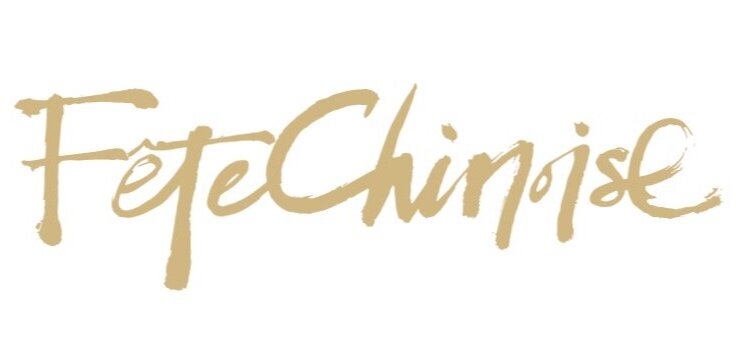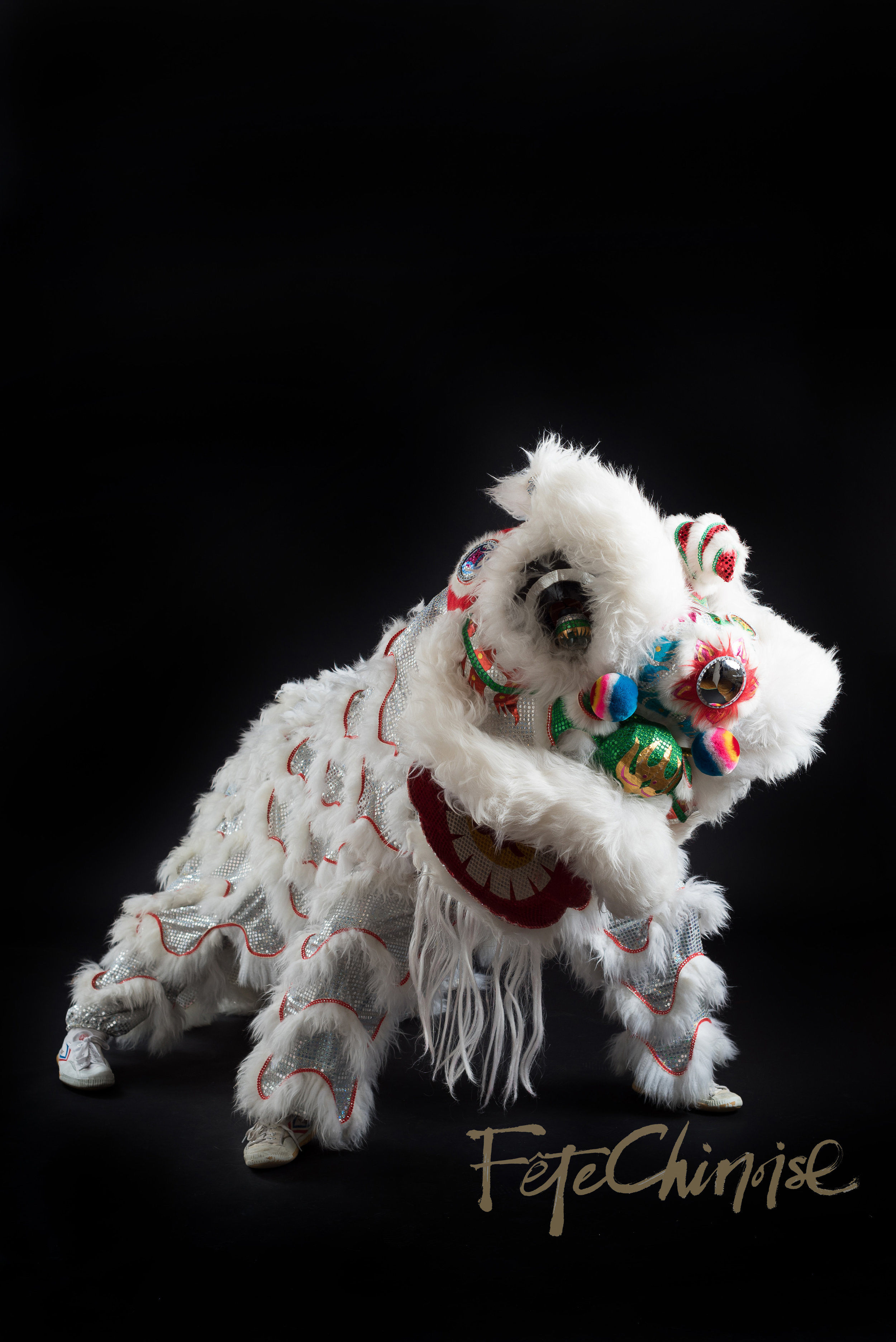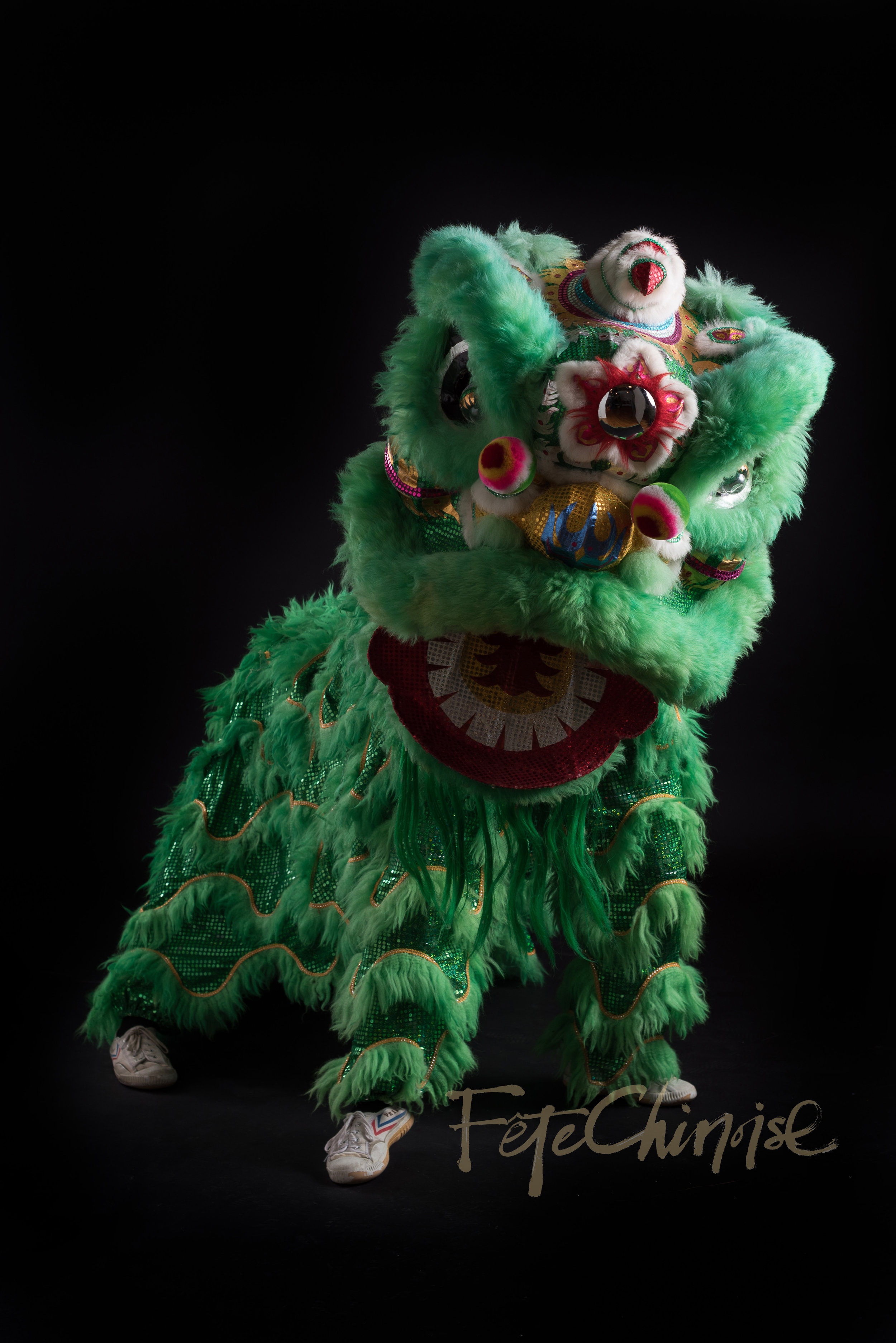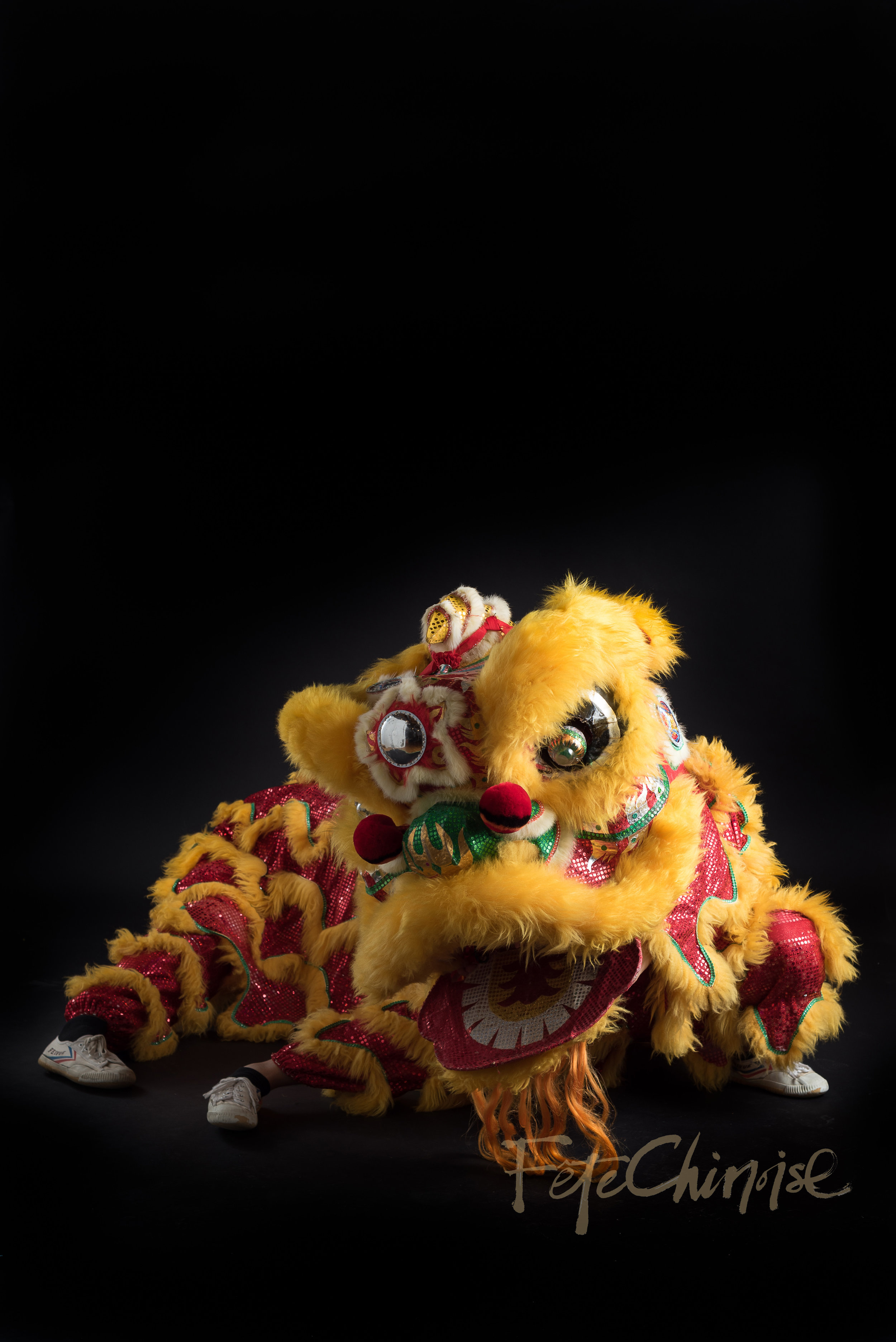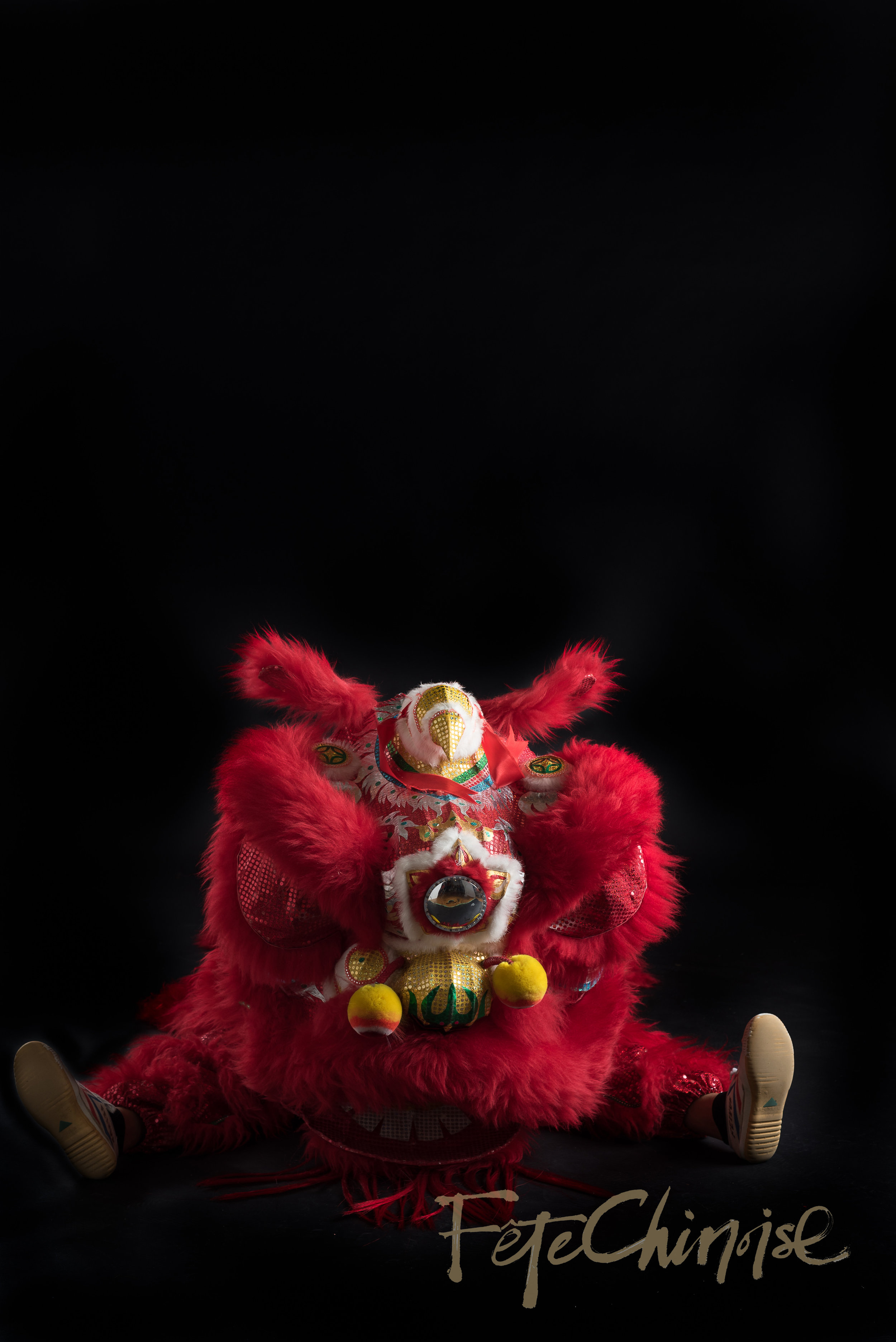The Beginning and Future: The Lion Dance and Wushu in Motion
By Jennifer J. Lau
Performance by Wushu Project
Photos by 5ive15ifteen Photo Company
Today, the lion dance is often seen at grand openings and at big celebrations (such as Lunar New Year) for its entertainment value; loud performances with a troupe of young men and women in colourful costumes move to the beat set by a large drum or gong. However, few know that martial arts or wushu, which has close relations with the lion dance, has expanded its influence over several millennia, including being part of performances at the Beijing 2008 Olympic Games and demonstrative sports at the Nanjing 2014 Youth Olympic Games. But from where does lion dance come from, when did it become intertwined with wushu, and where is this cultural practice headed?
BEGINNINGS
Performed at court and within the home during the Tang dynasty (618-907), the lion dance grew in significance over time. When the Qing empire (1644-1911) was attacked by foreign forces, the lion dance evolved from a leisurely entertainment into a method of spreading patriotism. Consequently, new interpretations of the notions of ‘wakening the lion’ and the ‘awakened lion’ appeared in the lion dance narrative. These ideas of awakening represented an awareness of the political events and patriotic spirit. In the same era, the lion dance was seen as a ‘smokescreen’ for the practice of wushu, which was frowned upon as rebellious. The two cultural practices were weaved together because fundamental training from wushu was needed for the performance. In fact, more complex movements of the lion dance were developed from martial art techniques. Today the lion dance is often taught in martial art schools, making the relationship between the lion dance and martial arts inseverable.
COSTUMES & MOVEMENTS
When observing a lion dance performance, aside from the drums, gongs, and cymbals that accompany the lion dance, the costumes and movements are the most noteworthy. The lion dance is now divided into two schools; northern and southern lion dancers are visibly different. The northern lion is shorter in length by comparison; the southern lion usually has a few feet between the head dancer and tail dancer. The northern lion closely imitates “the king of the jungle” with its thick hair on the neck of the headpiece. The southern lion does not look like a typical lion. They adorn colourful masks made out of cloth, paint, paper, paste, and wood with movable ears, eyes, and jaw with many variations. In terms of pants, northern lion dancers wear hairy trousers meant to represent lion legs of the north lions while southern lion dancers wear plain or decorated pants used by martial artists.
Despite these differences in costume, training from martial arts is foundational for both troupes. Both schools strive to match the same emotions of surprise, fear, and joy while crouching, lying down, jumping, and roaring. The northern school emphasizes balancing acts and acrobatic tricks and so the focus of the show is often on the balancing technique of dancers. The southern school moves with a ‘horse-step;’ something very fundamental to wushu students (where feet are shoulder-width apart; knees bent; and upper body parallel to the ground) and they walk in a zig-zag motion — imitating the lion’s movement from left to right. The dynamic movements of the southern school makes their performance unique. As such, it is very easy to identify the two schools from one another whether in costume or movement even though they stem from the same tradition and foundation of martial arts training.
FUTURE
While wushu did not make the final shortlist for the Tokyo 2020 Olympics, its popularity has grown since it was featured in Olympic demonstrations in China. Within its new identity as a sport, some are worried that the essence of Chinese traditional culture would be lost. But this would not be the first time wushu evolved with the times. The lion dance with its embodiment of the skills and training of wushu is one expression of such change. Whether in Canada, the United States, or even New Zealand, the lion dance and wushu contribute to the creation of a sense of Chinese community unique to this generation. From its original status as court entertainment, to encouraging patriotism, to reclaiming its auspicious performative role, the cultural practice has demonstrated how the lion dance and martial arts are in continual motion, bringing traditional Chinese culture into new arenas and new stages.
Born and raised in Toronto, Jennifer is pursuing graduate studies in East Asian Studies with a specific focus on interactions between China and Canada. Passionate about being a bridge between cultures for the community, Fête Chinoise has been an amazing platform to educate others about the richness of Chinese culture in multicultural Canada.
